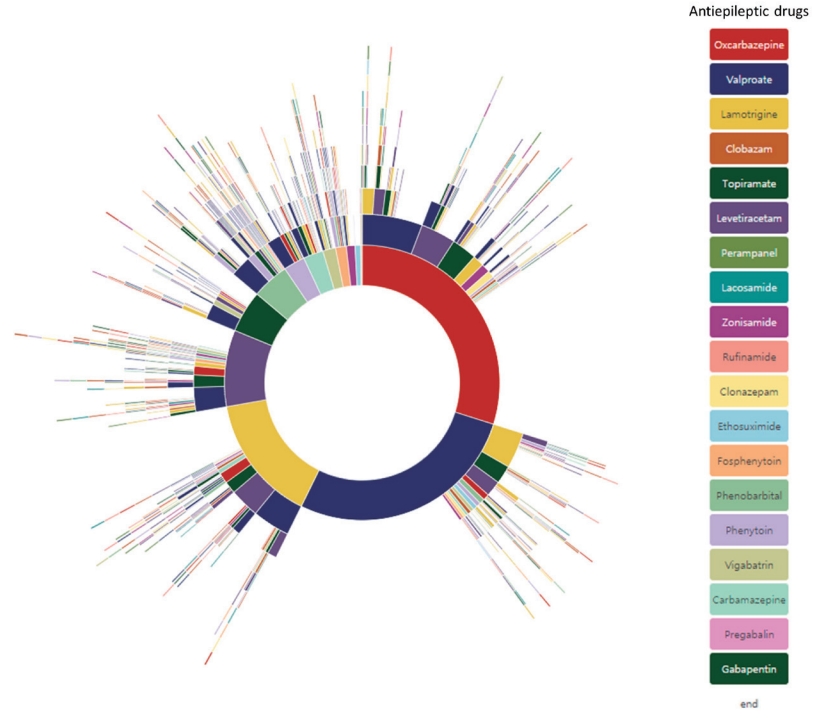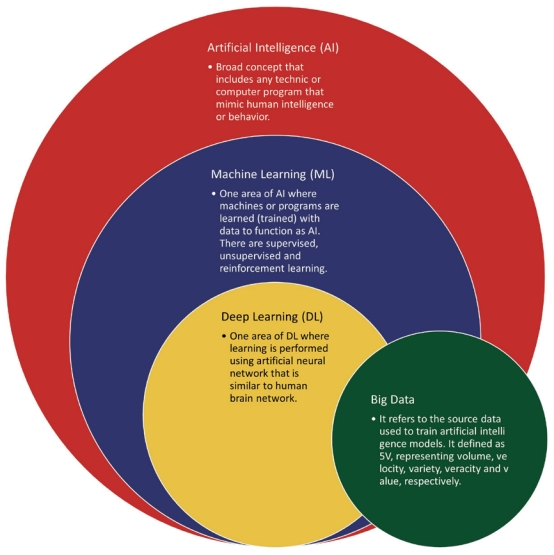7. World Health Organization. Atlas: epilepsy care in the world 2005. Geneva (Switzerland): WHO, 2005.
8. Kwan P, Arzimanoglou A, Berg AT, Brodie MJ, Allen Hauser W, Mathern G, et al. Definition of drug resistant epilepsy: consensus proposal by the ad hoc Task Force of the ILAE Commission on Therapeutic Strategies. Epilepsia 2010;51:1069–77.


10. Cox M, Ellsworth D. Managing big data for scientific visualization. New York: ACM siggraph, 1997.
11. Lee I. Big data: dimensions, evolution, impacts, and challenges. Bus Horiz 2017;60:293–303.

12. Wang J, Yang Y, Wang T, Sherratt RS, Zhang J. Big data service architecture: a survey. J Internet Technol 2020;21:393–405.
15. OHDSI. The book of OHDSI. San Bernardino (CA): OHDSI, 2021.
17. Partners-Healthcare. i2b2 - Informatics for Integrating Biology & the Bedside [Internet]. i2b2 c2022 [cited 2021 May 31]. Available from:
https://www.i2b2.org.
18. CDISC. Study data tabulation model (SDTM). Clinical data interchange standards consortium [Internet]. Clinical Data Interchange Standards Consortium c2022 [cited 2021 May 31]. Available from:
https://www.cdisc.org/standards/foundational/sdtm.
19. PCORnet. National Patient-Centered Clinical Research Network. The National Patient-Centered Clinical Research Network [Internet]. PCORnet c2022 [cited 2021 May 31]. Available from:
https://pcornet.org.
20. OHDSI. Obsrvational health data sciences and informatics [Internet]. San Bernardino (CA): Observational Health Data Sciences and Informatics; c2022 [cited 2021 May 31]. Available from:
https://www.ohdsi.org.
23. Hripcsak G, Duke JD, Shah NH, Reich CG, Huser V, Schuemie MJ, et al. Observational Health Data Sciences and Informatics (OHDSI): opportunities for observational researchers. Stud Health Technol Inform 2015;216:574–8.


30. Sutton RS, Barto AG. Reinforcement learning: an introduction. London: MIT Press, 2018.
31. Dietterich T. Overfitting and undercomputing in machine learning. ACM Comput Surv 1995;27:326–7.

36. Arrieta AB, Díaz-Rodríguez N, Del Ser J, Bennetot A, Tabik S, Barbado A, et al. Explainable artificial intelligence (XAI): concepts, taxonomies, opportunities and challenges toward responsible AI. Info Fusion 2020;58:82–115.

37. Adadi A, Berrada M. Peeking inside the black-box: a survey on explainable artificial intelligence (XAI). IEEE Access 2018;6:52138–60.

40. Tjepkema-Cloostermans MC, de Carvalho RCV, van Putten MJAM. Deep learning for detection of focal epileptiform discharges from scalp EEG recordings. Clin Neurophysiol 2018;129:2191–6.


42. Antoniades A, Spyrou L, Martin-Lopez D, Valentin A, Alarcon G, Sanei S, et al. Detection of interictal discharges with convolutional neural networks using discrete ordered multichannel intracranial EEG. IEEE Trans Neural Syst Rehabil Eng 2017;25:2285–94.


43. Fürbass F, Kural MA, Gritsch G, Hartmann M, Kluge T, Beniczky S. An artificial intelligence-based EEG algorithm for detection of epileptiform EEG discharges: validation against the diagnostic gold standard. Clin Neurophysiol 2020;131:1174–9.


46. Muhammad G, Masud M, Amin SU, Alrobaea R, Alhamid MF. Automatic seizure detection in a mobile multimedia framework. IEEE Access 2018;6:45372–83.

48. Geng M, Zhou W, Liu G, Li C, Zhang Y. Epileptic seizure detection based on stockwell transform and bidirectional long short-term memory. IEEE Trans Neural Syst Rehabil Eng 2020;28:573–80.


49. Truong ND, Nguyen AD, Kuhlmann L, Bonyadi MR, Yang J, Ippolito S, et al. Convolutional neural networks for seizure prediction using intracranial and scalp electroencephalogram. Neural Netw 2018;105:104–11.


50. Truong ND, Zhou L, Kavehei O. Semi-supervised seizure prediction with generative adversarial networks. Annu Int Conf IEEE Eng Med Biol Soc 2019;2019:2369–72.


54. Tsiouris KM, Pezoulas VC, Zervakis M, Konitsiotis S, Koutsouris DD, Fotiadis DI. A long short-term memory deep learning network for the prediction of epileptic seizures using EEG signals. Comput Biol Med 2018;99:24–37.


55. Daoud H, Bayoumi MA. Efficient epileptic seizure prediction based on deep learning. IEEE Trans Biomed Circuits Syst 2019;13:804–13.


56. Stacey W, Le Van Quyen M, Mormann F, Schulze-Bonhage A. What is the present-day EEG evidence for a preictal state? Epilepsy Res 2011;97:243–51.


58. Schwartz TH, Hong SB, Bagshaw AP, Chauvel P, Bénar CG. Preictal changes in cerebral haemodynamics: review of findings and insights from intracerebral EEG. Epilepsy Res 2011;97:252–66.


59. Bandarabadi M, Rasekhi J, Teixeira CA, Karami MR, Dourado A. On the proper selection of preictal period for seizure prediction. Epilepsy Behav 2015;46:158–66.










 PDF Links
PDF Links PubReader
PubReader ePub Link
ePub Link PubMed
PubMed Download Citation
Download Citation


